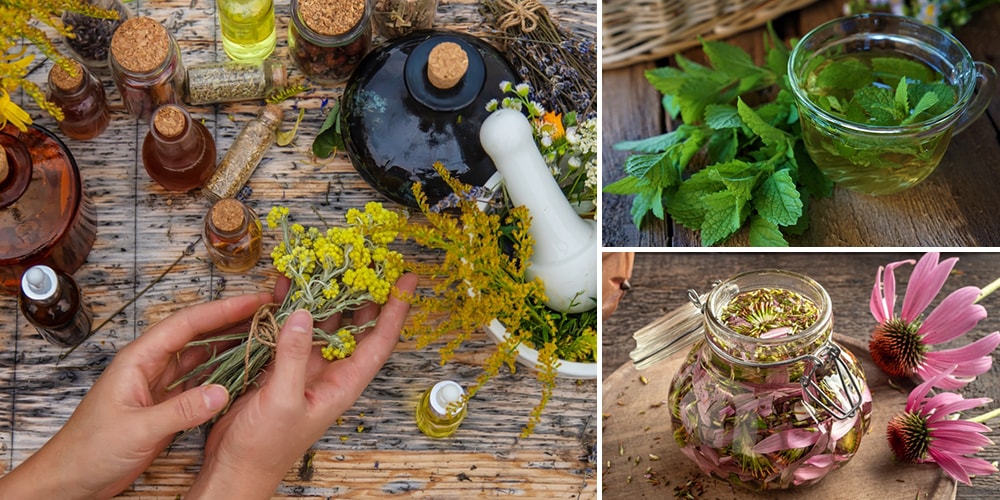
10 Plant Alternatives for OTC Meds
To be honest, convenience often drives our decisions, so we seek the shortest path in all we do. As a result, it’s easy to overlook nature’s healing ability.
Over-the-counter medications have become a popular treatment option for common ailments, but did you know that many of them have natural plant counterparts that can be easily transformed into helpful remedies?
Aloe Vera: Nature’s Skin Healer
Use it to Replace: Burn and wound creams
Aloe Vera (Aloe barbadensis) is a well-known succulent prized for its skin-healing properties. Its gel-like substance contains vitamins, minerals, and amino acids that aid in soothing sunburns, cuts, and minor skin irritations. Plant it in well-draining soil in a sunny spot and water sparingly, allowing the soil to dry out between waterings.
Remedy: Choose a mature aloe vera leaf from your plant. Using a sharp knife, carefully slice the leaf lengthwise to expose the gel inside. Scoop out the gel using a spoon and transfer it to a clean container. Apply the aloe vera gel directly to sunburns, cuts, or irritated skin as needed for soothing relief.
Peppermint: A Digestive Dynamo
Use it to Replace: Digestive aids
Peppermint (Mentha piperita) is a fragrant herb renowned for alleviating digestive discomforts like indigestion and bloating.
Its natural oils contain menthol, which helps to ease and relax the muscles of the gastrointestinal tract. Plant peppermint in a partially shaded area with well-draining soil.
Remedy: Boil water and let it cool slightly. Place a handful of fresh peppermint leaves or 1-2 teaspoons of dried peppermint leaves in a cup. Pour the hot water over the leaves. Cover the cup and let the leaves steep for 5-10 minutes. Remove the leaves and enjoy your soothing peppermint tea. You can sweeten it with honey if desired.
Chamomile: The Calming Herb
Use it to Replace: Sleep aids and relaxants
Chamomile (Matricaria chamomilla) is a gentle flowering herb known for its calming and sleep-inducing properties. Its flowers are rich in antioxidants and essential oils that promote relaxation. Grow chamomile in well-draining soil under full sun to partial shade conditions. Regular deadheading encourages continuous blooms.
Remedy: Place a teaspoon of dried chamomile flowers or a few fresh ones in a cup. Pour hot water over the flowers. Cover the cup and let the flowers steep for 5-10 minutes. Strain and sip it before bedtime for a calming and relaxing sleep aid.
Lavender: The Stress Reliever
Use it to Replace: Anxiety and stress relief aids
Lavender (Lavandula) is celebrated for its aromatic ability to reduce anxiety and stress. Its essential oils possess calming effects that can be harnessed through infusions and aromatherapy.
Plant lavender in well-drained soil with good air circulation. This sun-loving herb requires minimal water once established.
Remedy: Fill small cloth or sachet bags with dried lavender flowers. Tie the bags securely with a string or ribbon. Place the lavender sachets in your drawers, closets, or under your pillow to enjoy the calming aroma.
Echinacea: Immune-Boosting Powerhouse
Use it to Replace: Immune system support
Echinacea (Echinacea purpurea), commonly known as purple coneflower, is a flowering plant cherished for its immune-boosting properties. Its roots, leaves, and flowers contain compounds that stimulate the immune system. Cultivate it in well-drained soil under full sun. Regular deadheading encourages prolonged flowering.
Remedy: Chop fresh echinacea flowers and leaves finely. Fill a glass jar about halfway with the chopped plant material. Pour vodka or apple cider vinegar over the plant material, ensuring it’s completely covered. Seal the jar tightly and store it in a cool, dark place for 4-6 weeks, shaking it daily. Strain the tincture and transfer it to a dark glass bottle. Take a small amount daily to support your immune system.
Lemon Balm: The Mood Lifter
Use it to Replace: Stress and anxiety relief meds
Lemon balm (Melissa officinalis) is a fragrant herb known for its mood-lifting effects and potential to reduce stress. Its leaves contain compounds that promote relaxation.
Plant lemon balm in rich, well-draining soil with partial shade. Regular pruning prevents the plant from becoming invasive.
Remedy: Place a handful of fresh lemon balm leaves or 1-2 teaspoons of dried leaves in a cup. Pour hot water over the leaves. Cover the cup and let the leaves steep for 5-10 minutes. Strain the tea and enjoy its soothing and uplifting effects.
Arnica: Nature’s Pain Reliever
Use it to Replace: Pain relief creams and ointments
Arnica (Arnica montana) is a flowering plant used for centuries to alleviate pain and reduce inflammation. Its active compounds, such as helenalin, possess analgesic properties, making it a popular choice for treating bruises, muscle aches, and joint pain. To grow it, choose a well-drained location with partial to full sunlight.
Remedy: Gently rinse the fresh arnica flowers to remove any dirt or debris. Pat the flowers dry with a clean cloth or paper towel. Fill a clean, dry glass jar about halfway with the arnica flowers. Pour the carrier oil over the flowers until fully covered, ensuring at least an inch of oil above them. Seal the jar tightly and place it in a warm, sunny spot for about 4-6 weeks. Shake the jar gently every day. After the infusion, strain the oil through a fine mesh strainer or cheesecloth into a clean container. Store the arnica oil in a cool, dark place. Apply it topically to areas of pain and discomfort as needed.
Calendula: The Wound Healer
Use it to Replace: Topical creams and ointments
Calendula (Calendula officinalis), or marigold, is a vibrant flower renowned for its skin-healing properties. Its petals contain anti-inflammatory and antiseptic compounds that aid in wound healing.
Plant calendula in well-drained soil with good sunlight. Deadhead spent flowers to encourage continuous blooming.
Remedy: Infuse the carrier oil with dried calendula petals using the same method as the arnica oil recipe. Strain the infused oil into a clean container. In a double boiler, melt a small amount of beeswax. Mix the melted beeswax with the infused calendula oil to create a salve consistency. Pour the mixture into small containers and let it cool and solidify. Apply the calendula salve to dry or irritated skin as needed for nourishing relief.
⇒ Get Your Own Non-GMO Calendula Seeds
Garlic: Nature’s Antibiotic
Use it to Replace: Antibacterial and antiviral agents
Garlic (Allium sativum) is a culinary staple with impressive medicinal qualities. Its active compound, allicin, exhibits antibacterial and antiviral properties.
Plant garlic cloves in well-drained soil with good sunlight exposure. Harvest when the leaves turn yellow, and the bulbs have formed cloves.
Remedy: Peel and finely chop fresh garlic cloves. Place the chopped garlic in a clean, dry glass jar. Pour olive oil over the garlic until it’s fully covered. Seal the jar and let it sit in a sunny place for about 1-2 weeks. Strain the oil into a clean container using a fine mesh strainer or cheesecloth. Use the garlic-infused oil for cooking or as a topical remedy.
Turmeric: Golden Elixir for Pain
Use it to Replace: Anti-inflammatory medicine
Turmeric (Curcuma longa) is a vibrant yellow spice known for its potent anti-inflammatory properties, primarily attributed to its active compound, curcumin.
This plant can be grown in warmer climates or pots indoors. Plant turmeric in well-draining soil and provide ample sunlight. Harvest the rhizomes when they are mature and vibrant in color.
Remedy: In a small saucepan, gently heat 1 cup of milk over low-medium heat. Add 1/2 teaspoon ground turmeric, 1/4 teaspoon cinnamon, 1/8 teaspoon ginger, and a pinch of black pepper to the milk. Whisk the mixture continuously until it’s well combined and heated through. Be careful not to let it boil. Remove the saucepan from the heat and let the mixture cool slightly. If desired, sweeten the golden milk with honey or your preferred sweetener. Pour the golden milk into a mug and enjoy its soothing effects on inflammation and joint pain.
Incorporating these plants into your daily routine allows you to embrace a more nature-centric approach to managing pain and side-stepping potential problems such as adverse side effects or addiction.

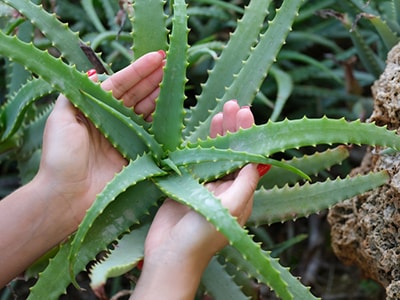
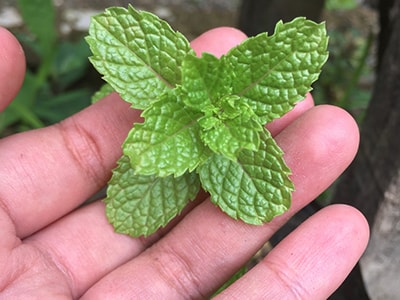
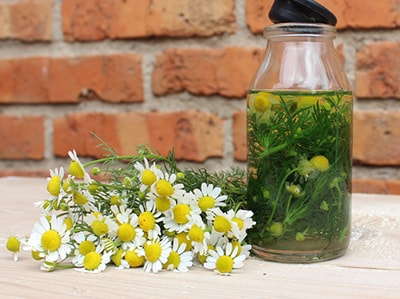
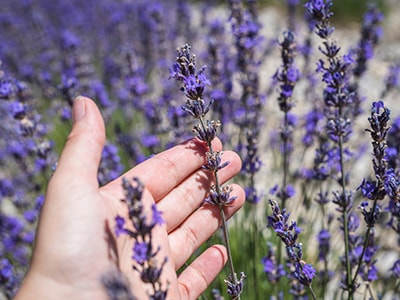
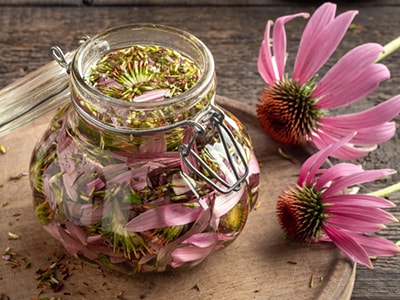
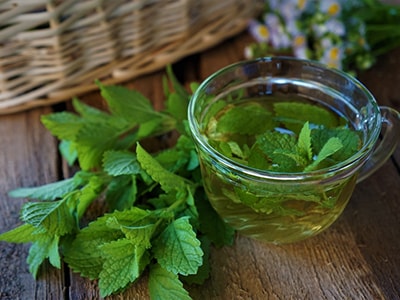
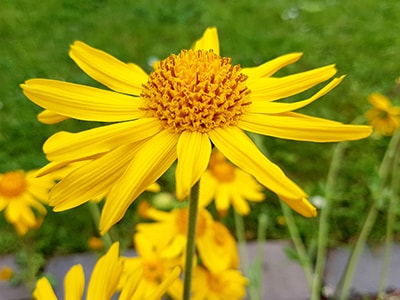
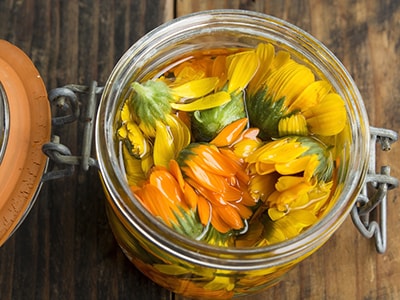
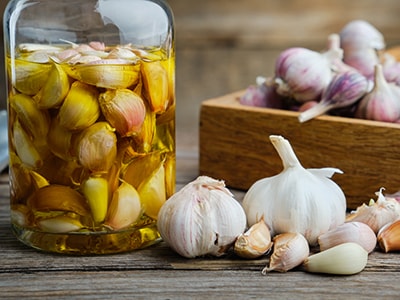
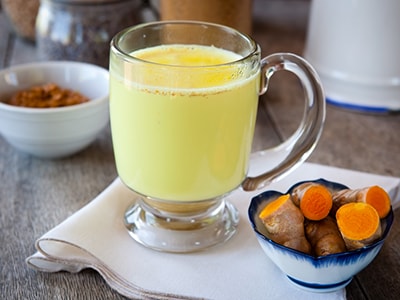
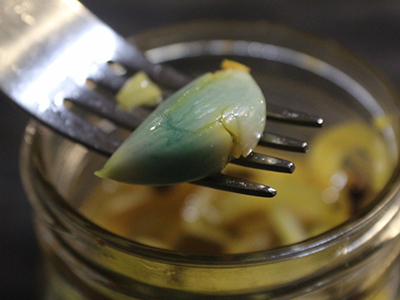
What is the “carrier oil” you mention is the above recipes ? Nothing is stated as to what it is.
Thanks for your reply.
Carrier oils are oils that dilute other, more potent oils in order to make those potent oils safer to use. Several different oils classify as carrier oils. Good examples of common carrier oils include sweet almond oil, apricot kernel oil, olive oil, or coconut oil, but there are many, many more. The carrier oil you use depends on what remedy you’re making, and also depends on which plant you’re using. There’s no wrong answer. For the calendula and arnica remedies above, I would suggest sweet almond oil. It works really well at drawing out the medicinal qualities of both of those plants. Have fun!